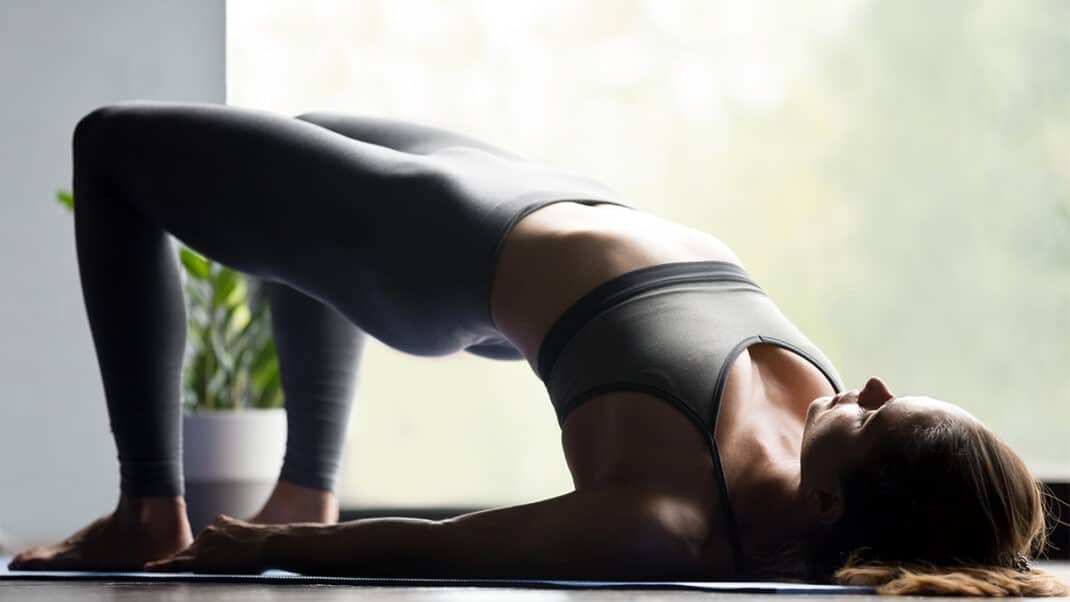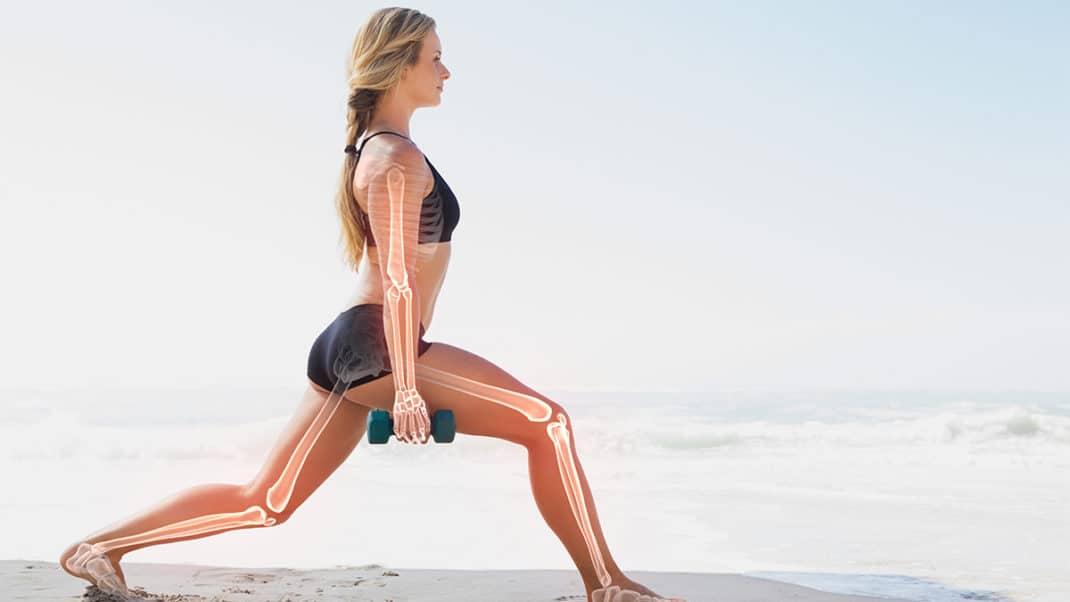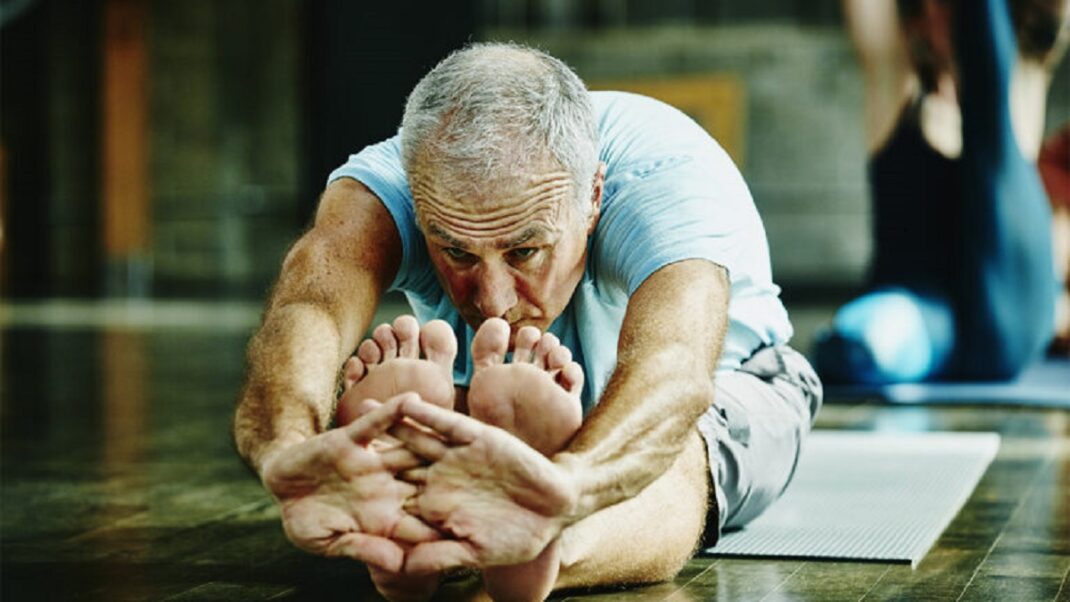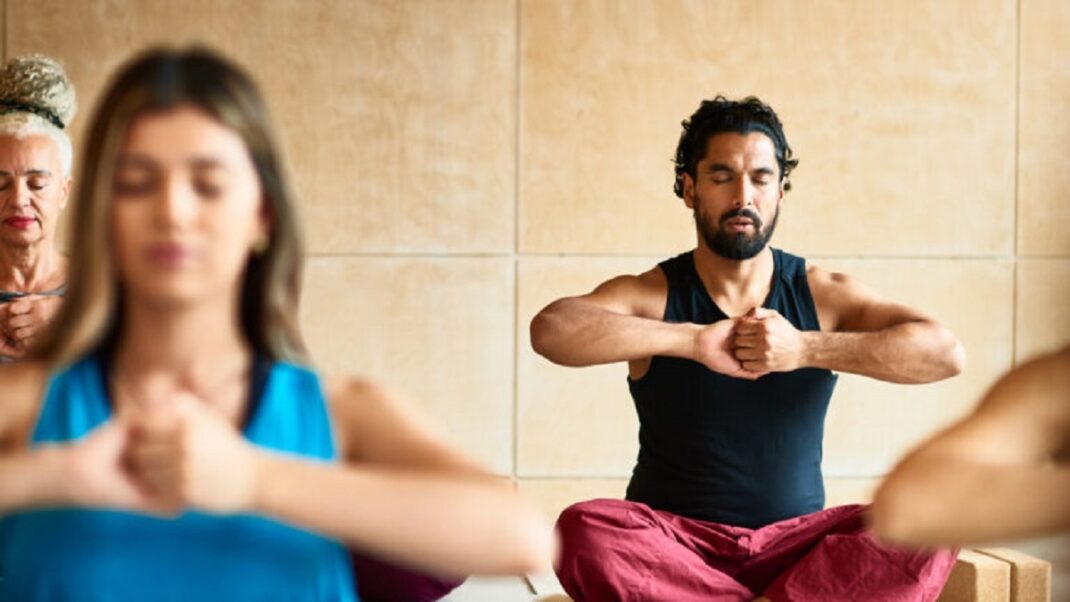How Does Practicing Tai Chi Improve Balance?
The mind-body benefits that result from consistent practice of tai chi continue to impress researchers. Older adults who did tai chi only three times a week experienced significant improvement in balance, lower-body strength and stance stability. In addition, subjects reported better quality of sleep, concentration, memory and self-esteem, as well as higher overall energy levels, according to two small studies presented at the North American Research Conference on Complementary and Integrative Medicine in Edmonton, Alberta.
Scientists continue to conduct more research to tease out what it is about tai chi practice that makes it so beneficial. One small, nonrandomized but controlled trial compared data among 48 subjects, 16 with 3 months of tai chi training experience, 16 with 1–3 years of training and 16 with no experience. Investigators found that people who practiced tai chi over the long term had faster reflex reaction time in the hamstrings and gastrocnemius and could balance for longer on a tilt board than both short-term tai chi practitioners and nonpractitioners. Short-term and long-term tai chi practitioners had better knee joint angle position sense than those who did not practice tai chi. The study was published in Archives of Physical Medicine and Rehabilitation (2006; 87 [1], 82–87).
In another small study, investigators from the department of human physiology and the Institute of Neuroscience at the University of Oregon, in Eugene, randomly divided 22 older adults with impaired balance into two groups: a tai chi group and a control group. Both groups trained 90 minutes per day, 5 days per week, for 3 weeks. The tai chi group did tai chi. The control group did mobility exercises and received education on balance awareness and stress reduction. During pre- and postintervention testing, all subjects were asked to walk across a force plate that moved forward at heel strike, and the scientists compared response times of the tibialis anterior and medial gastrocnemius muscles during balance recovery among subjects.
Tai chi participants’ response times from the tibialis anterior and its antagonist muscles were significantly faster following the intervention. The same was not true for the control group. The study authors concluded that practicing tai chi enhanced the neuromuscular responses of the muscles controlling the ankle joint. Since this muscle activation at the ankle is critical to reacting quickly to slips or trips, it may explain why practicing tai chi is so valuable in reducing the risk of falls. This study was published in Aging Clinical Experimental Research (2006; 18 [1], 7–19).
Shirley Eichenberger-Archer, JD, MA
Shirley Eichenberger-Archer, JD, MA, is an internationally acknowledged integrative health and mindfulness specialist, best-selling author of 16 fitness and wellness books translated into multiple languages and sold worldwide, award-winning health journalist, contributing editor to Fitness Journal, media spokesperson, and IDEA's 2008 Fitness Instructor of the Year. She's a 25-year industry veteran and former health and fitness educator at the Stanford Prevention Research Center, who has served on multiple industry committees and co-authored trade books and manuals for ACE, ACSM and YMCA of the USA. She has appeared on TV worldwide and was a featured trainer on America's Next Top Model.






